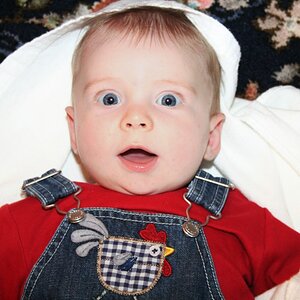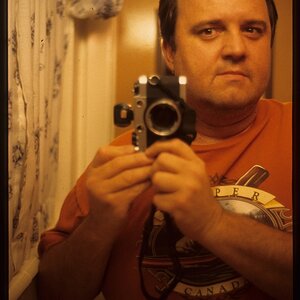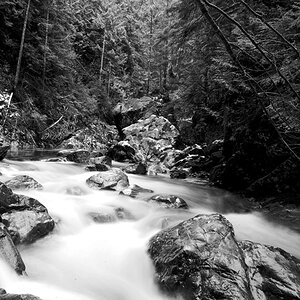mrobely
TPF Noob!
- Joined
- Sep 5, 2016
- Messages
- 9
- Reaction score
- 0
- Can others edit my Photos
- Photos OK to edit
But I ALSO RARELY USE THE DIOPTER, the viewer screen gives a much better display.Very good reminder, thank you. I do often overlook this simple step.Perhaps your viewfinder's diopter needs adjustment then. I was fiddling with mine just the other day to make sure it was still correct, and going from one end of the spectrum to the other is a small but noticeable difference.What looks sharp in the viewer looks fuzzy when I see it on the computer screen later, sometimes, so I am trying to figure out if that is because I am moving camera slightly when I squeeze shutter or it's my vision when I'm focusing.





![[No title]](/data/xfmg/thumbnail/32/32929-22e23acc63d6ecb25e5ee941be87121f.jpg?1619735758)
![[No title]](/data/xfmg/thumbnail/32/32634-5acd0e44e1d927b93e8723d9184555d9.jpg?1619735554)




![[No title]](/data/xfmg/thumbnail/42/42256-dce29145f58094ceabbe05c0c8cef7fc.jpg?1619740065)

